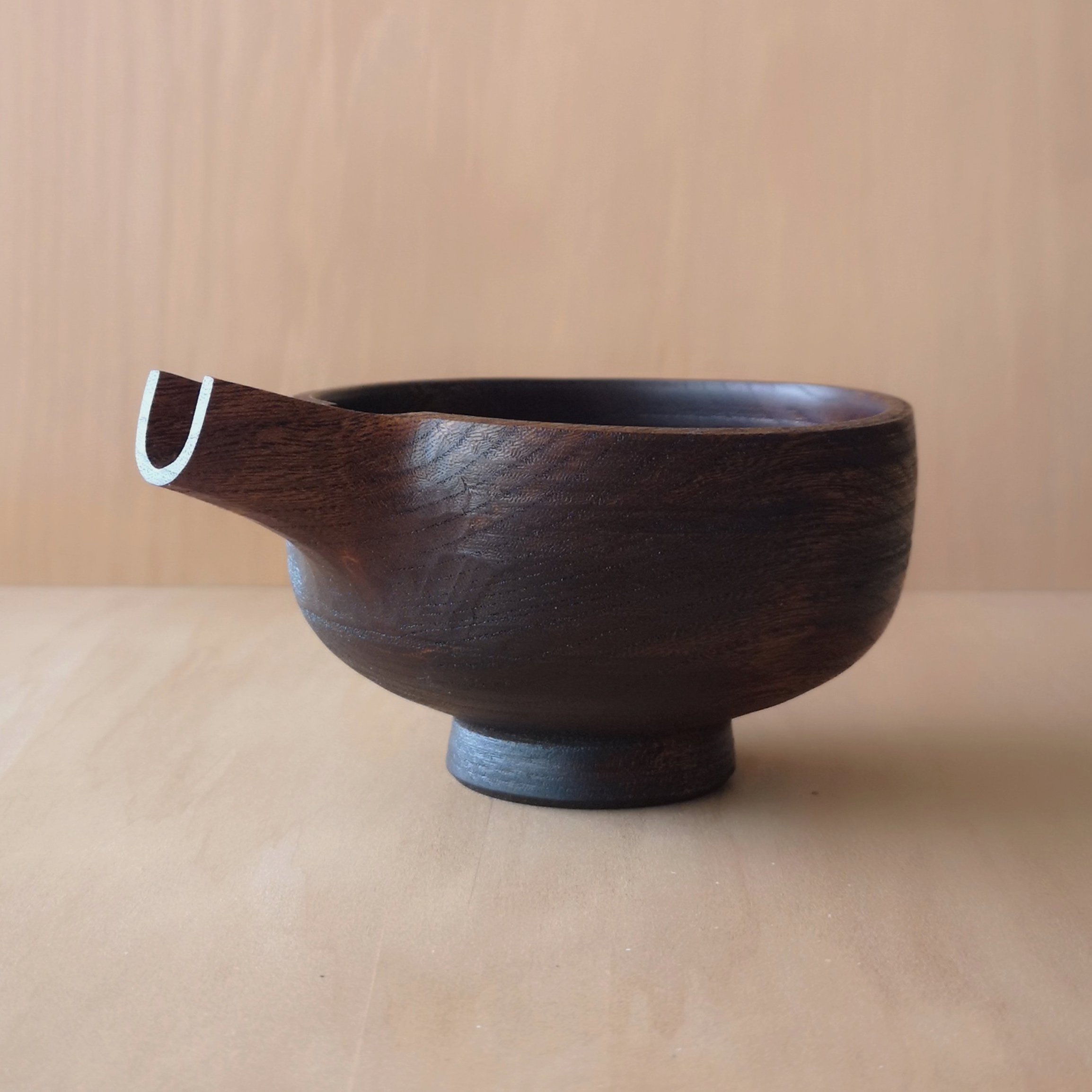Urushi Lacquer
The use of Urushi lacquer has a history reaching back over eight thousand years in Asia. It is a remarkable natural finish that is extremely hard wearing and offers an almost infinitive variety of possibilities, in terms of the kinds of decorative finish that can be achieved. Cured urushi can withstand temperatures over 300 degrees Celcius, and is resistant to alkali, acids, and alcohol. It is also resistant to mould and mildew growth. Long term exposure to strong UV light can cause a degradation of lacquered surfaces and the lustre of the finish. It is advisable to keep lacquerware away from strong sunlight for long periods.
Urushi comes from the sap of the lacquer tree (toxicodendron vernicifluum), which is in the same family as poison oak and Ivy. The sap contains a compound (urushiol) which polymerizes to form a hard surface when exposed to high humidity and warmth. The one caveat with this remarkable natural finish is that contact with the uncured urushi can cause urushiol induced contact dermatitis. Once cured in a carefully controlled environment, the lacquer becomes inert. In very rare cases with people who are particularly sensitive to urushiol, a mild rash can develop from this finish.
As with other woodenware, lacquerware can be washed in warm soapy water with a soft sponge or cloth and should not be left to soak for long periods. Boiling water should not be poured directly in to lacquerware. Strong direct sunlight should also be avoided. It should also be noted that metal utensils will scratch the lacquered surface.








